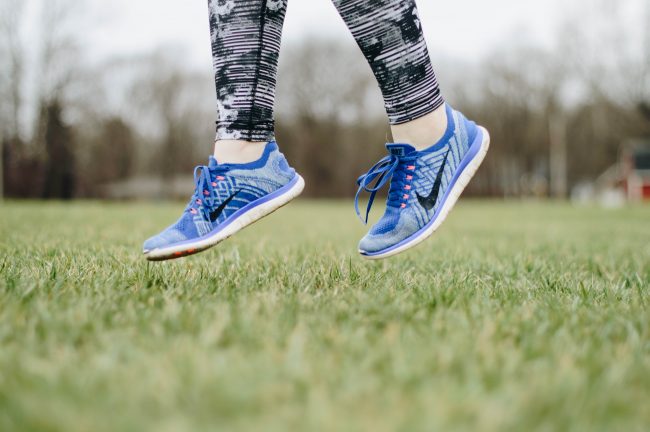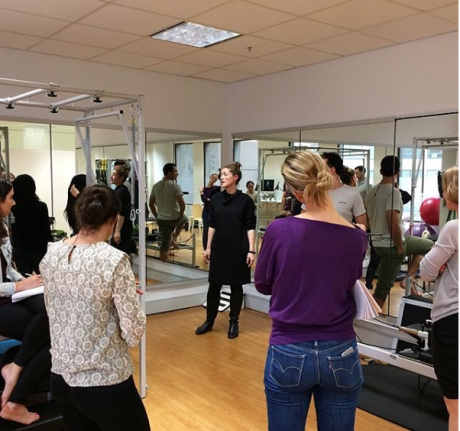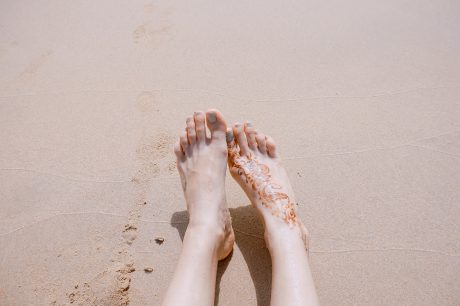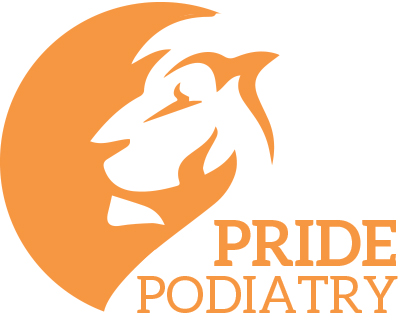February Foot & Ankle Professional Development Recap
Published on
09 Mar 2018

Call us on: (03) 9975 4133
What is the best footwear to run in? The Pure Physio team works alongside Podiatrist Ben Westaway of Pride Podiatry to rehabilitate patients and get them back on their feet.
Generally we forget about our feet until we have pain or want to wear strappy shoes again when summer rolls around. Ankle sprains, plantar fascia pain, tibialis posterior dysfunction, bunions and other foot and ankle presentations are all commonly seen at Pure Physio. Patients commonly want to know if they can still run/play sport/wear high heels. Do they have to wear ‘sensible’ shoes to fit orthotics? What is the best footwear to run in? The Pure Physio team work alongside Podiatrist Ben Westaway of Pride Podiatry to rehabilitate patients and get them back on their feet.
This month’s Professional Development focused on the foot and ankle. Orthopaedic Surgeon, Sasha Roshan joined us for the afternoon, along with Podiatrist Ben Westaway, who works out of our Collins Street clinic three days a week.

Ben started the teaching, as we went through the ins and outs of foot orthotics. Foot orthotics are devices that sit under the foot, and that influence the way the foot functions. They are often used as a tool in the treatment of foot and leg injuries and pain. There are a number of different types, ranging from prefabricated ‘over the counter’ devices, to fully customised devices that are designed specifically to your needs. Understanding if an orthotic is right for you, and if so – which kind, is something that is very dependant on the individual patient. Ben explained that in our clinic, orthotics are used to assist in managing the stresses placed on the foot during activity, whilst we use exercise and the physio team to strengthen and improve overall foot function. An orthotic is very often a medium term intervention, not designed to be placed under foot and left indefinitely. As you get stronger and foot function improves, we can often look to decrease orthotic use, or remove them entirely.
We then went through case studies, discussing the physio and podiatry management, and appropriate surgical interventions if conservative management has failed. Working with a team with physio’s, podiatrists and an expert surgeon ensures the best outcome for the patient.

Ankle sprains are one of the most common sporting injuries and often left untreated or under treated. Ankle sprains have a high rate of reoccurrence, meaning that if you have done it once, you are more likely to do it again, especially if you have not rehabilitated the initial injury correctly.

At Pure Physio, patients often present with an acute injury of the foot, ankle, lower leg or knee and on assessment we find that a previous ankle injury is a contributing factor. Our bodies become very good at compensating, so if you have a stiff or weak ankle following an injury that you do not rehabilitate at the time, your body will adapt and use an alternative strategy or movement pattern.
Manual physiotherapy is used to restore the normal movement of the foot, ankle and leg whilst the rehabilitation is focused on restoring muscle strength, balance, neuromuscular control and shock absorption. Podiatry is a specialty that can help you turn your feet into a balanced platform – whether that is via strength and mobility exercises, advice on appropriate shoes, or orthotics. In some cases, all three!
We’re here to help.
If you have a foot or ankle injury, or had a previous injury that you think may cause problems in the future, come and see the team at Pure Physio.
Back to blog home